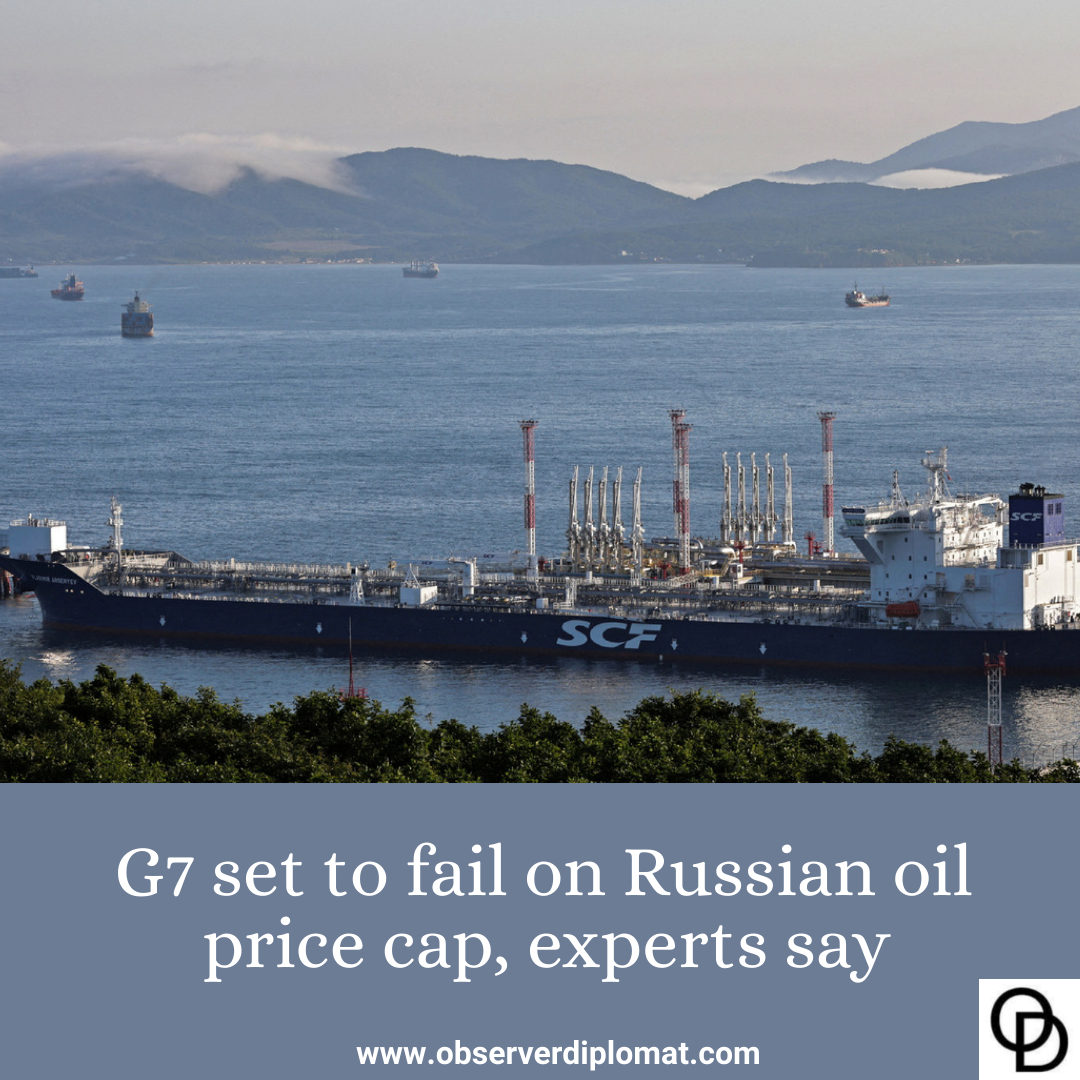Poland refused to accept the suggested price level, which is almost the same as the price at which Russia is presently selling its oil, and as a result, the European Union was unable to come to an agreement on the price cap for Russian oil proposed by the G7. According to Reuters, Poland, along with Estonia and Lithuania, wants the price restriction to be set at $30 per barrel, noting that the anticipated production costs for Russian oil are $20 per barrel. Despite concerns that the initial cap proposal would effectively make it a non-cap since it is the price Russia is currently receiving for its oil and it will not lower its oil income, which is the goal of the cap, the rest of the European Union appears to be on board.
The comprehensive ban on purchases of Russian seaborne oil by the European Union was decided at the end of May. The cap, a more flexible approach put forth by the G7, is meant to take the place of the EU’s stricter plan to safeguard global supplies and prevent a price rise. The level of the cap is a source of disagreement among the 27 EU members. However, the Organization of the Petroleum Exporting Countries (OPEC) and its allies, including Russia, are scheduled to meet. Infuriating the US, OPEC declared in October that it would reduce production to 2 million barrels per day. “The impact on flows from big suppliers in the Middle East would be negligible” if the G7 makes the decision to cap Russian oil at around $65-70 per barrel.















